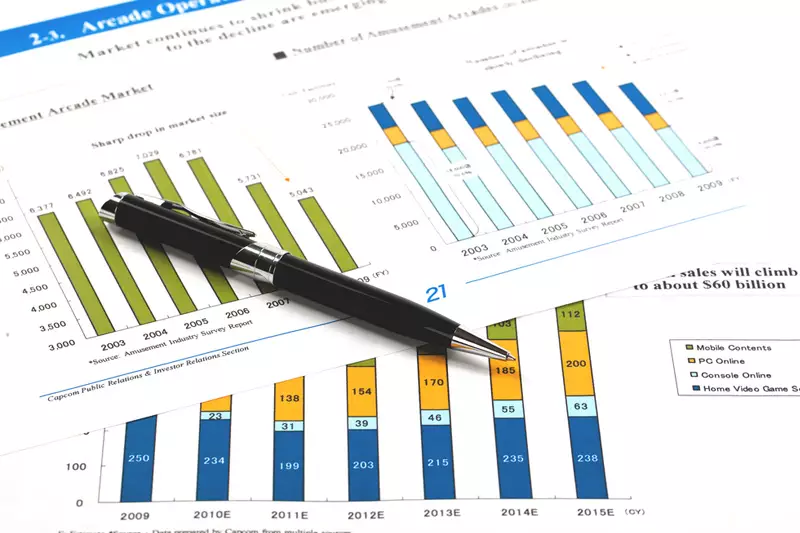The Japanese yen is currently facing significant headwinds as the Bank of Japan (BOJ) has chosen to maintain its ultra-low interest rate policy. This decision has kept the yen under persistent pressure, particularly as the US dollar solidifies its standing in the market ahead of crucial job reports and the impending presidential election in the United States. This month alone, the yen has depreciated more than 6%, which puts it on course for one of its most substantial losses against the dollar since November 2016. The poor performance of the yen reflects not just domestic monetary policy traits but also a broader context of volatility in international currency markets.
A combination of factors contributes to this situation; the Japanese political landscape is in flux, raising uncertainties regarding the fiscal and monetary direction of the country. As these uncertainties unfold, traders are left speculating on potential changes to BOJ policy which could significantly sway the value of the yen. The BOJ’s decision to retain its interest rates signals a cautious approach towards policy adjustment, leaving many analysts divided on the likelihood of any rate changes taking effect as we close out the year.
On Thursday, the yen was observed dipping slightly, trading at approximately 153.34 against the dollar. Although this represents minimal movement post-BOJ’s recent announcements, it remains alarmingly close to a three-month low. Traders are acutely aware that any recovery in the yen will likely depend on an overarching decline of the dollar rather than intrinsic strengths within the Japanese economy. Sean Teo, a sales trader at Saxo, highlighted this cautious sentiment, indicating that traders are wary of overshooting should the yen weaken excessively, which could prompt intervention from Japanese authorities.
The plight of the yen is a significant concern in a time of growing economic data releases, particularly from major economies like China. Recent figures from China’s National Statistics Bureau revealed a slight expansion in manufacturing activity, alluding to a turning point. The manufacturing Purchasing Managers’ Index (PMI) rose to 50.1 in October, suggesting improvements that could lend some support to regional currencies, including the yen, should these trends continue.
As the week unfolds, eyes turn towards the United States, where the non-farm payrolls report is set to release ahead of the presidential elections slated for Tuesday. This report is anticipated to yield insights into the robustness of the U.S. labor market and would influence investor sentiment. Interestingly, despite uncertainties surrounding potential outcomes of the election—namely between Republican candidate Donald Trump and Vice President Kamala Harris—traders are already positioning themselves based on the prevailing strength of economic indicators.
The dollar index has experienced a slight increase, underscoring the underlying strength of the U.S. economy, as evidenced by the private payroll growth data. The economic growth reported at an annualized rate of 2.8% for the third quarter, albeit slightly lower than expectations, has not deterred confidence in the dollar. Meanwhile, developments in Europe also add another layer of complexity to the situation, with the euro exhibiting slight downticks amidst stronger-than-expected inflation and GDP data.
In addition to the fluctuations observed in the yen, notable currency movements have also been recorded in Australia and New Zealand. The Australian dollar saw minimal movement after retail sales fell short of projections, leading to a modest slip in its value. Similarly, the New Zealand dollar experienced slight gains amidst this turbulent financial backdrop.
Thus, the interconnectedness of these global economies highlights the complexity facing the yen as it navigates uncertainty fueled by domestic policy decisions and international economic conditions. As the week progresses, the BOJ’s next moves alongside upcoming US economic data will undoubtedly play critical roles in shaping the future trajectory of the yen and its standing in global markets. Investors will need to remain vigilant, as broader trends materialize that could either stabilize or further destabilize the currency landscape.

